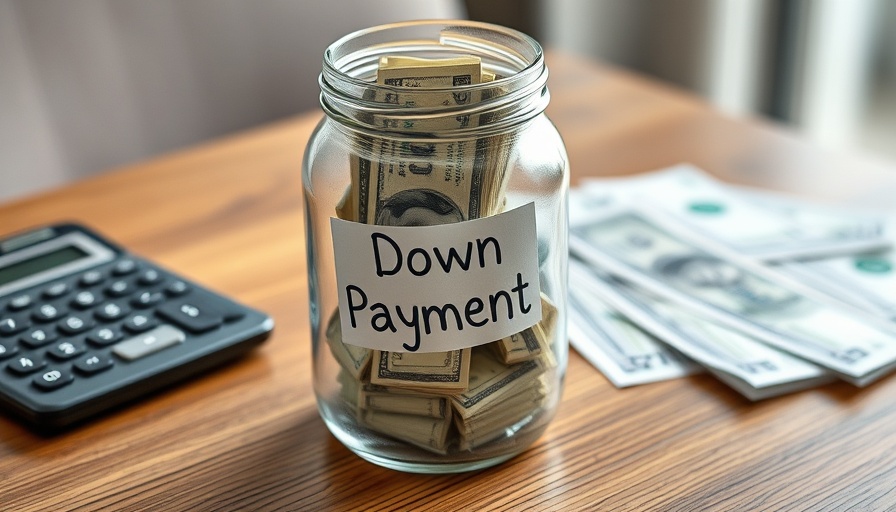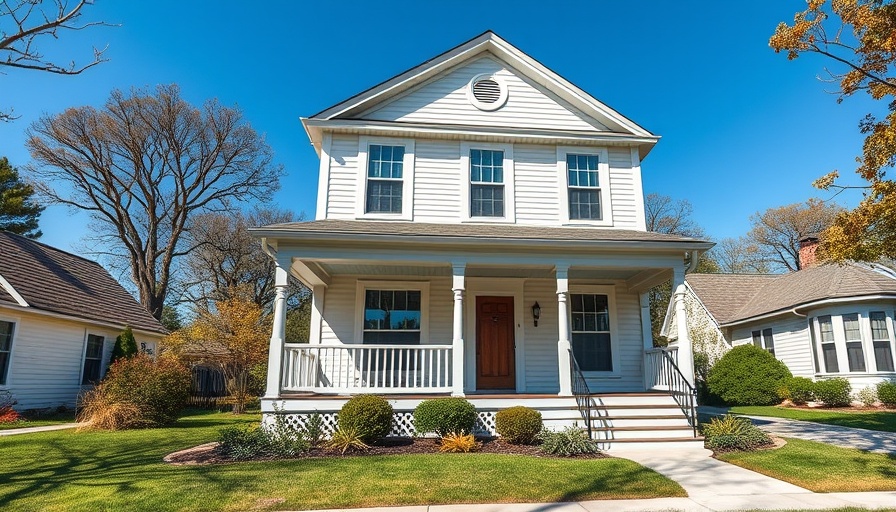
Transform Your Space with a Neutral Color Scheme
Have you ever wondered how a neutral color scheme can revolutionize your home? The magic of minimalist design lies in its ability to create serene environments without sacrificing style. Whether you’re in bustling Portland or the sunlit expanses of Denver, neutral colors can transform your living spaces into cozy retreats. For homeowners and small business owners in the home improvement industry, these insights can provide valuable guidance on enhancing aesthetics.
The Power of Neutrals in Design
A common misconception is that neutral colors are dull or uninspired. However, color experts emphasize that neutrals serve as a foundation for creating clarity and comfort in our environments. As life coach Paloma Chiara points out, our surroundings influence our mental clarity and emotional states significantly. Soft hues like creamy whites, taupes, and even pale mauves can evoke feelings of peace and tranquility.
Materials Matter: Layering for Depth
When considering a neutral palette, it’s essential to incorporate various textures to avoid flatness. Designers recommend mixing materials like reclaimed wood, smooth marble, and even textured linens. Suzan Steinberg, a fabric expert, articulates it well when she mentions that "natural fibers and layered textures can add warmth and movement to your space." This approach not only enhances aesthetics but also adds a sense of individuality and warmth.
Adding Character to Neutral Spaces
Neutral spaces can still pop with color! Barry Wooley, an interior designer, emphasizes the importance of using neutral backgrounds as canvases for personal expression. A few unexpected color accents can infuse warmth and vibrancy into a room, preventing it from feeling generic. This creates an inviting atmosphere that feels both composed and lived-in, especially beneficial for home improvement experts aiming to impress clients.
Final Thoughts: The Art of Minimalism
Minimalism in design isn't merely about starkness; it's about creating inviting spaces that reflect personal styles. For those in the home improvement industry, embracing a neutral color palette can showcase your projects beautifully. Remember, it's all about combining dimensions, warmth, and character while creating a serene backdrop for a fulfilling life. So, as you embark on your next home improvement project, keep in mind the transformative power of neutral colors and textured layers!
 Add Row
Add Row  Add
Add 




Write A Comment